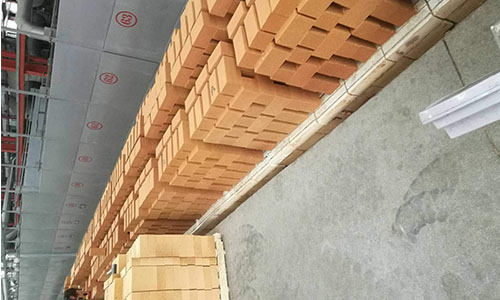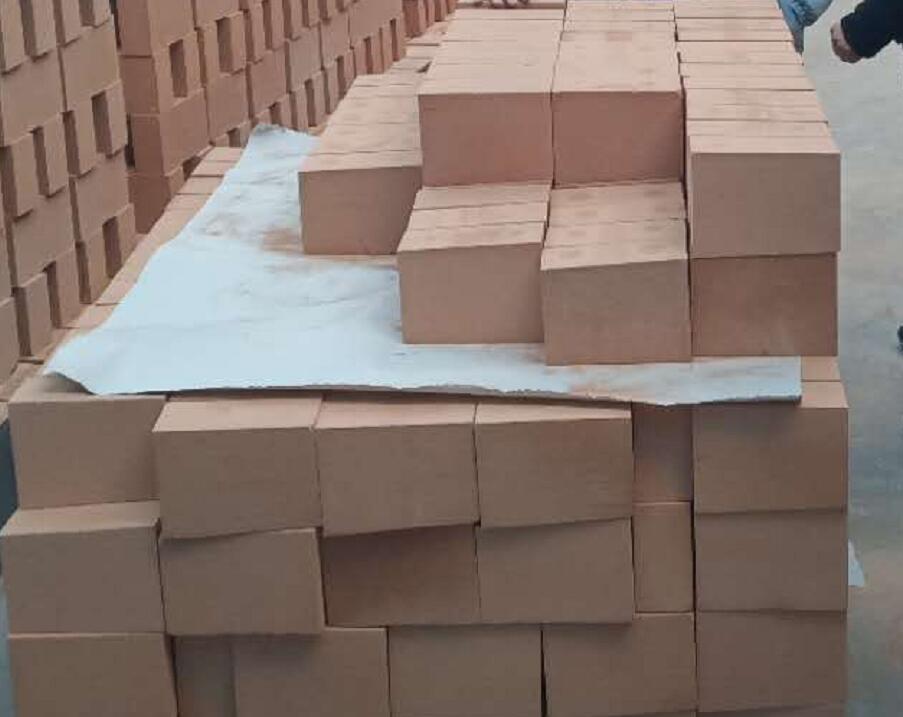


| Item Brand |
Low Creep Clay Fire brick | Low porosity clay brick | Special high alumina brick | |
| Chemical Composition |
Al2o3(%) | 42~53 | >42 | >58 |
| Fe2o3(%) | 1.6 | 2.0 | 1.5 | |
| Cao+Mgo(%) | 0.7 | 0.7 | 0.7 | |
| Na2o+k2O(%) | 0.8 | 0.8 | 0.8 | |
| Bulk Density g/cm3 | 2.2 | 2.2 | 2.45 | |
| Apparent Porosity | 17 | 17 | 16 | |
| Cold Crushing Strength | 40 | 40 | 50 | |
| 0.2MPa Refractoriness Under Load |
1450 | 1450 | 1600 | |
| High temperature creep%(1280℃,0.2mpa,25h)CS | 0.4 | - | 0.4 | |
| High temperature flexural strength | 1200℃ | 10 | - | - |
| 1350℃ | 4 | - | 6 | |
| Thermal expansion rate (20℃-100℃)< | 0.7 | 0.7 | 0.7 | |
